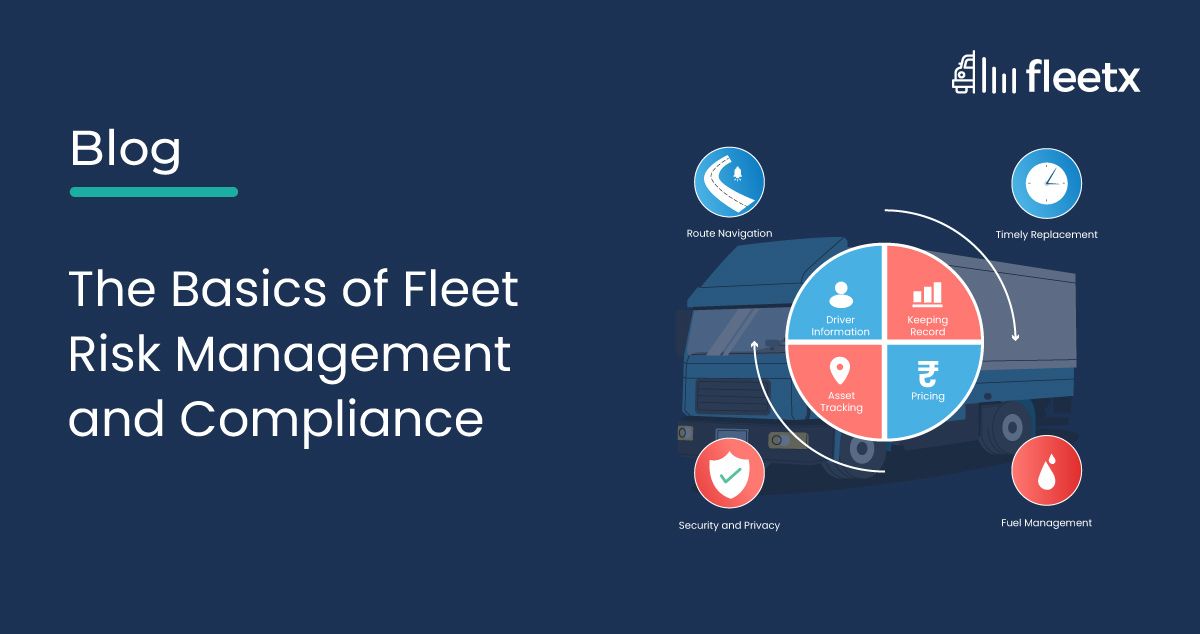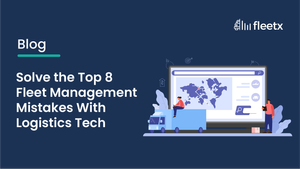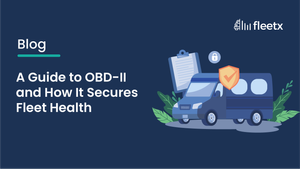
Fleet risk compliance means following a set of rules and standards to keep fleet activities safe and secure. This includes laws from the government, states, and local bodies about driver qualifications, keeping vehicles in good shape, and meeting emissions limits.
Understanding Risks in Fleet Management
Identifying and understanding potential risks in fleet management is crucial. This involves looking at past data, how drivers behave, the condition of vehicles, and things like road and weather conditions. Regular checks and risk assessments help find weak spots and plan how to fix them. This reduces the chances of accidents, theft, and other issues that can disrupt operations.
How to Reduce Risks
To cut down on risks in fleet management, it’s important to have safety programs, train drivers well, and keep vehicles maintained. Having regular safety meetings and following safety rules helps avoid accidents. Training helps drivers be more aware and skilled, which makes for a safer working environment. Also, keeping vehicles well-maintained means they’re less likely to break down or cause accidents, making sure they meet safety and regulatory standards.
Using Technology to Stay Compliant and Efficient
Technology has changed the game for fleet risk compliance and management. With telematics and fleet management software, you can watch over vehicles and drivers in real-time, getting updates on how drivers behave, how vehicles are performing, and if you’re meeting compliance rules. Using GPS, diagnostics, and alerts, you can actively manage your fleet, keeping it safe, compliant, and efficient.
The Pillars of Compliance Management
Compliance management ensures that fleet operations adhere to legal and regulatory standards, which can vary significantly across regions. Key aspects include:
Vehicle Maintenance: Regular inspections and maintenance are crucial to ensure vehicles are safe and compliant with environmental standards.
Driver Licensing and Certification: Ensuring all drivers have the necessary licenses, certifications, and medical clearances to operate vehicles legally.
Operational Regulations: Adhering to regulations related to hours of service, load restrictions, and driving practices to prevent fines and penalties.
Record-Keeping: Maintaining accurate records of vehicle maintenance, driver certifications, and incident reports for regulatory reviews and audits.
Implementing an Effective Fleet Risk Management and Compliance Program
Creating a robust fleet risk management and compliance program involves several strategic steps:
Comprehensive Risk Assessment: Start with a thorough assessment of all potential risks associated with your fleet operations.
Policy and Procedure Development: Based on the risk assessment, develop clear, enforceable policies and procedures that address identified risks and compliance requirements.
Driver Training Programs: Implement ongoing driver education and training programs to ensure all personnel are aware of safety practices, compliance requirements, and operational procedures.
Technology Integration: Utilize fleet management software and telematics solutions to monitor vehicle health, driver behavior, and compliance metrics in real-time.
Regular Audits and Reviews: Conduct regular audits of your fleet operations, policies, and procedures to identify areas for improvement and ensure compliance with evolving regulations.
Stakeholder Engagement: Engage with all stakeholders, including drivers, management, and regulatory bodies, to foster a culture of safety, compliance, and continuous improvement.
Conclusion
Managing fleet risks in India requires a thoughtful blend of compliance, risk assessment, mitigation strategies, and the latest technology. By understanding and applying regulations, regularly evaluating risks, and implementing robust safety and maintenance protocols, fleet managers can navigate the complexities of fleet management with greater ease and efficiency. Additionally, embracing technology not only aids in compliance but also enhances overall operational effectiveness. As the landscape of fleet management continues to evolve, staying informed and adaptable will be key to achieving success and safety in fleet operations.






